Until Dawn

Relentlessly gruesome, Until Dawn is a spin-off film that expands the lore of the 2015 survival horror game. It follows Clover navigating through the grief of losing her sister. Unable to believe that Melanie’s dead, she gathers her closest friends and journeys to the last place Melanie was last seen in, hoping to find clues on her sister’s disappearance. Things take an eerie turn when the group stumble upon an abandoned house. As the night slowly progresses, strange and violent things begin to happen, killing off every single one of them, only for it all to reset back into place just as dawn breaks. Haunting, with touches on psychology and exploration of fear and anxiety, Until Dawn capitalises on the found family trope to confront feelings of grief and the prospect of letting go.
The feature boasts an excellent cast, consisting of Ella Rubin, Michael Cimino, Odessa A’zion, Ji-young Yoo and Belmont Cameli, and their organic chemistry carries the weight of the story. Because the hook is this idea of a group of friends coming into something terrifying and working to survive together, these characters’ relationships are the core factor in making the premise work. Fortunately for Until Dawn, this group of young actors are electric on-screen together; it’s easy to buy into their friendship and the fear permeating throughout them as they see their own brutally dying right in front of them. These connections also heighten tension as conflict and arguments escalate with everyone’s clashing ideas on making it through the night.
One other impressive feat of the picture by David F Sandberg is how it uses practical effects. Production combines modern and old school technology to create fear and anxiety among the characters and the viewers. Scenes are littered with dial-up phones, old VHS tapes and folders upon folders of important files. These scraps all build towards the grand reveal of the second act, highlighting the relationship between psychology and science with the supernatural. New technology, like the use of smartphones, aids in the pacing. It’s unrealistic to cover the many nights of horror and torture these individuals go through in one sitting. These recorded clips from Abel’s phone allow the plot to move forward while providing the audience with little glimpses into these parts of the characters’ missing memories. It uses omission to build intrigue and further the thrill and anticipation, while adding more to the scientific angle of the film.
Where the feature falls is in its overuse of the score and sound to elicit screams from the audience. It doesn’t allow the silence to exist and build unease, and often times can take the immersion out for the viewers. Furthermore, the script itself is predictable and expository so the dialogue comes across as clunky and unnatural in parts. As for the final twist, while there are interesting aspects to the overall lore created, it’s not enough to sustain excitement or build up the final chase sequence. Until Dawn on paper offers a riveting premise with a lacklustre execution by the script. There are parts that shine, like the actors’ chemistry and some clever use of practical effects to drum up tension, but none of it can save the picture from being no more than just a mediocre horror flick.
Mae Trumata
Until Dawn is released nationwide on 25th April 2025.
Watch the trailer for Until Dawn here:


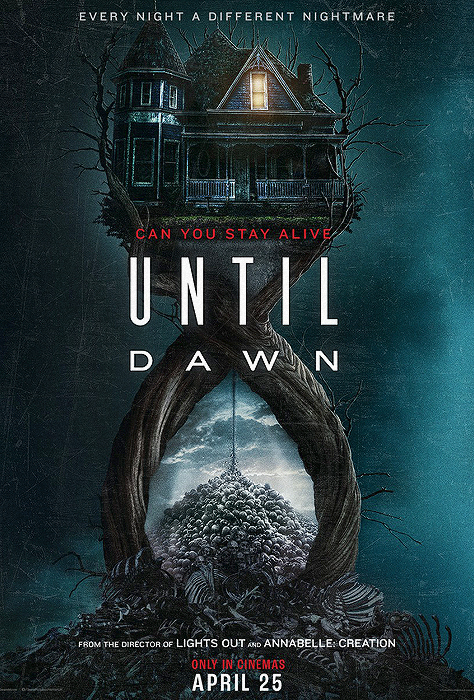
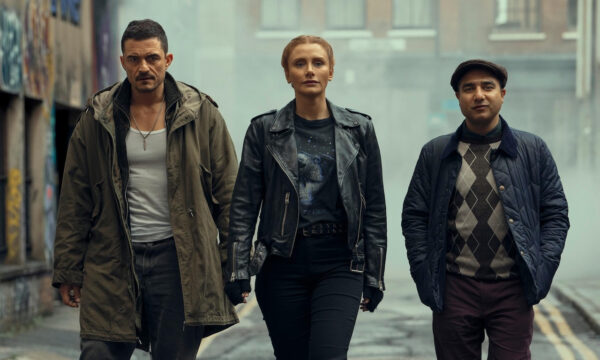

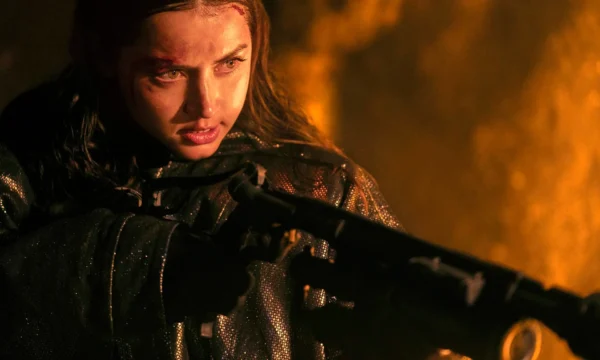
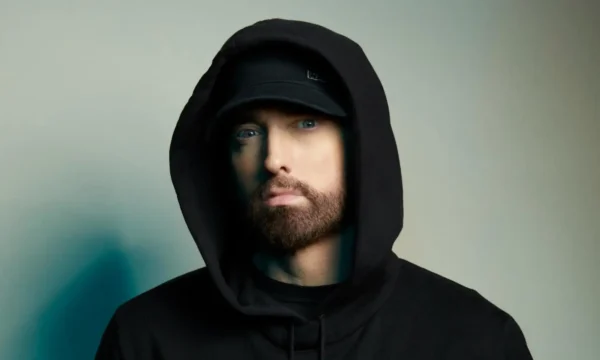



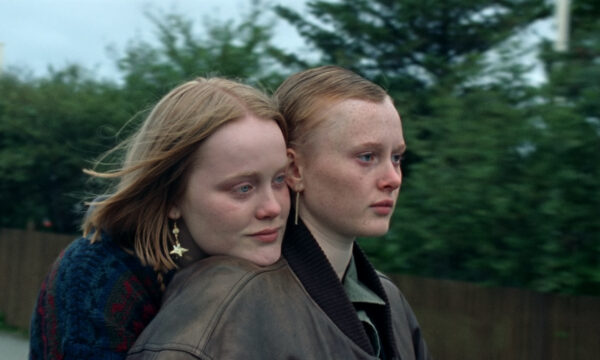












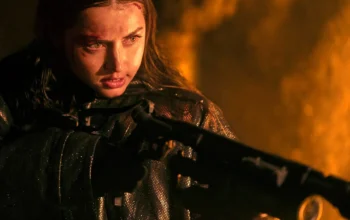



Facebook
Twitter
Instagram
YouTube
RSS